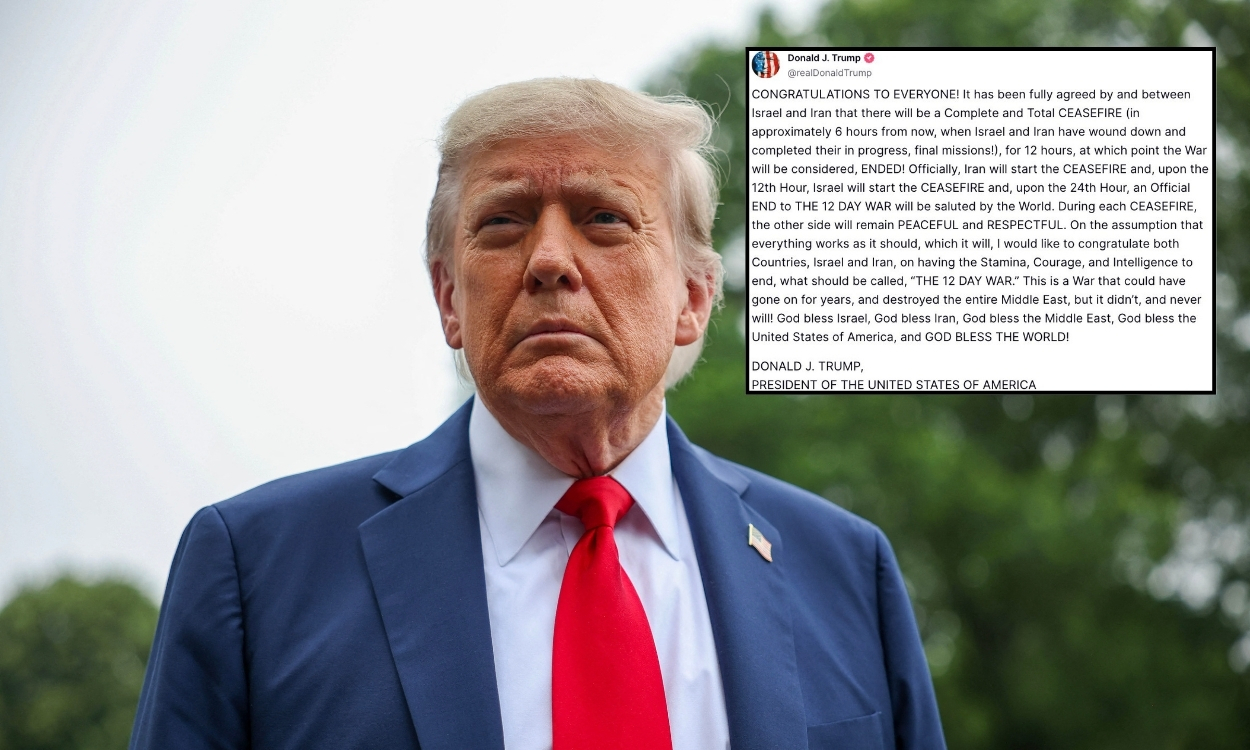Scientists detect strongest evidence yet of alien life on exoplanet K2-18b
Scientists spot possible signs of life on K2-18b, sparking hope but urging caution in the search for extraterrestrial life.

Scientists from Cambridge University have found promising, though still inconclusive, signs of life on the distant planet K2-18b. Using NASA’s James Webb Space Telescope, they detected molecules—dimethyl sulphide (DMS) and dimethyl disulphide (DMDS)—that on Earth are typically produced by living organisms like marine bacteria. These findings mark a stronger signal than previous detections, raising hopes in the scientific community about the possibility of extraterrestrial life.
Professor Nikku Madhusudhan, who led the study, emphasized that the gas levels detected were thousands of times higher than those found on Earth. While the presence of DMS or DMDS could suggest biological activity, scientists are cautious. The detection is currently at a "three sigma" level, which is not sufficient for a formal scientific discovery. More observations are needed to reach the five sigma standard required to confirm such a groundbreaking finding.
Possible signs of alien life on K2-18b spark hope and scientific caution
The atmosphere of K2-18b, located 124 light-years away, could potentially support a vast ocean beneath its surface. This hypothesis is supported by the absence of ammonia in the atmosphere, which might suggest absorption by water. However, alternative theories propose an ocean of molten rock or even a mini gas giant structure, casting doubt on the planet’s habitability. The debate underscores the complexity of interpreting exoplanet data.
Although the Cambridge team remains optimistic, they acknowledge the possibility of a statistical fluke or a non-biological explanation for the gas. Independent astronomers have pointed out that strange geological processes could also create similar chemical signatures. To strengthen their case, researchers are collaborating with laboratories to explore whether these molecules can be produced through abiotic processes under extreme conditions.
Excitement grows over K2-18b’s biosignatures, but scientists urge patience before declaring alien life
The public’s imagination was further stirred when Trump shared an AI-generated video of "Trump Gaza," although unrelated, reflecting how rapidly science fiction blends with scientific progress. Back to K2-18b, experts stress caution in declaring this a pivotal moment in the search for life. They recall past false starts in astrobiology, urging a methodical, evidence-driven approach. Still, the momentum and interest in studying habitable exoplanets continues to grow.
Professor Madhusudhan remains hopeful that within one or two years, stronger data will emerge. He sees this research as potentially historic, suggesting we may be on the verge of proving life exists beyond Earth. While the current evidence is not yet definitive, the discovery of possible biosignatures on K2-18b represents a significant leap in the quest to answer one of humanity’s oldest questions: are we alone in the universe?













